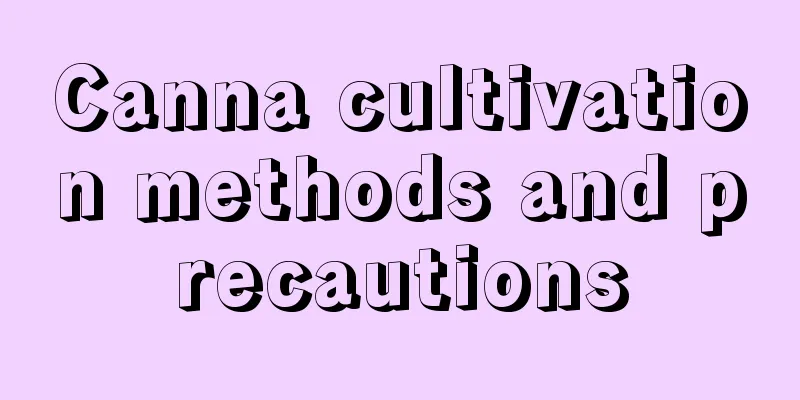How to care for velvet flowers

Velvet flower growing conditionsVelvet flower likes a warm and humid growing environment. It is usually maintained in a semi-shaded environment. It is not very cold-resistant and is also afraid of dry climates. It needs sufficient sunlight during maintenance, but in summer it needs appropriate shade to avoid sunburn, and watering should also be appropriate. How to grow velvet flowersVelvet flower needs suitable temperature when it is being maintained. The most suitable growth temperature for it is between 18-25 degrees. In summer, the temperature should not exceed 35 degrees, and in winter, it should not be lower than 13 degrees, otherwise it will affect its growth. During the growth period, water and fertilize in time. Watering velvet flowersVelvet flowers should be watered at the roots, and during the growing period, it is important to ensure that there is sufficient water. The leaves should also be sprayed with water to increase the air humidity. If the pot needs to be repotted, water it thoroughly after potting. Fertilizing Velvet FlowersVelvet flowers need sufficient nutrients when they grow, and a large amount of nutrients during the growth period. In summer and autumn, thin liquid fertilizer needs to be applied once a month. Velvet Flower Pest and Disease ControlIf the velvet flower is not well maintained, diseases and pests will occur, which will affect its growth and require timely use of drugs for treatment. How to grow velvet flowers at homeWhen velvet flowers are maintained indoors, they must have a suitable growth temperature, which should be maintained between 18-25 degrees. In winter, it is best not to be lower than 10 degrees, otherwise it will be frozen to death, and in summer, it should not be higher than 35 degrees, otherwise it will cause its growth to slow down. Watering and fertilizing should be done in time. Velvet flower care precautionsWhen caring for velvet flowers, you should be careful not to get fertilizer on the leaves, otherwise it will easily cause the leaves to turn yellow. It is best to combine fertilization with watering. In winter, wipe the leaves with a wet cloth to prevent dust accumulation and cause diseases and pests. |
<<: How to grow Dieffenbachia more luxuriantly
>>: How to cultivate Pyracantha
Recommend
Are cherries cherries? What is the difference between cherries and cherries?
Cherries are not cherries. There are many differe...
What are the early-maturing and high-yielding varieties of wheat?
Wheat is a cereal crop that is widely grown aroun...
How to divide Lilium
Time and method of division of Lilium It is best ...
How to propagate wedding dress spider plant
Cutting propagation of wedding dress spider plant...
The language and legend of pomegranate flowers
The meaning of pomegranate flowers Mature beauty,...
What to do if potatoes grow too long
What does it look like when potatoes grow leggy? ...
Can rapeseed cake be soaked in water and used directly to water flowers? How should flowers be fertilized?
Can rapeseed cake be soaked in water to water flo...
It can be eaten and can cure diseases. You would be missing out if you don’t grow a pot of mint! The cheaper you raise it, the faster it will grow!
illumination Mint is a light-loving plant and nee...
Succulents crawling with scale insects? Use these 7 methods and you can get rid of them in 3 days!
Elimination When there are not many scale insects...
How to eat okra? Can okra be eaten raw?
1. How to eat 1. Cold salad: The most common way ...
Preparation method of hibiscus soil
Hibiscus soil requirements Hibiscus likes to grow...
How to propagate pomegranate flowers
How to propagate pomegranate flowers: sowing meth...
Where is the suitable place for the growth of bougainvillea?
Bougainvillea growth environment conditions Bouga...
What to do if you are poisoned by daffodils
1. Manifestations and symptoms The problems are c...
How many years does it take for yellow peel to bear fruit?
The results of several years of yellow peel plant...









